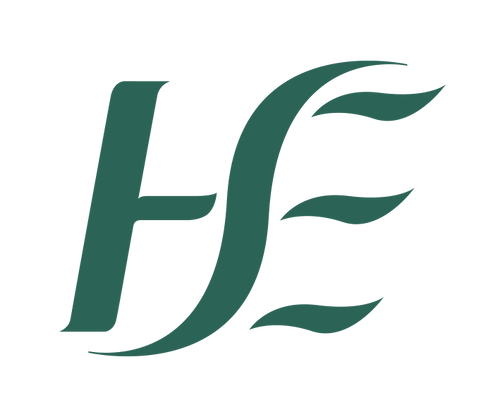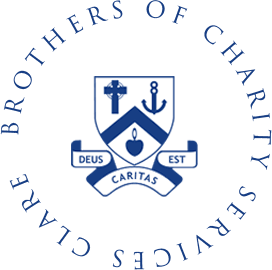Lámh
What is Lámh
Lámh is the manual, or ‘key word’ sign system used by children and adults with intellectual disability and communication needs in Ireland.
Some people use Lámh as their main way of communicating. Others use Lámh along with other methods of communication (for example, speech, sounds, sign, pictures, technology). This is known as the Total Communication Approach.
With Lámh, speech is always used with signs and only key words are signed. For example, with the questions, ‘will we go out to play?’, you might sign: ‘go’ and ‘play’ and ‘out’.
The benefits of using Lámh
- Using Lámh signs can reduce frustration, as the Lámh user is able to use signs to ask for what they want, to answer and to take part in conversation.
- The Lámh user may be more easily understood when they use signs and this encourages many to try new words and say more.
- Signing naturally encourages people to slow down a little so there is more time to work out the message.
- Signing encourages eye contact and attention to movement; skills that are important for supporting speech development.
- Signing gives a the child a visual clue (the sign) as well as the spoken word, which can support understanding.
- Signs emphasise small differences in the sounds of spoken words, for example, between ‘sleep’ and ‘sweet’, or ‘dog’ and ‘doll’.
- Signs can be easier to imitate. These attempts give an opportunity to match the spoken word to the sign.
- Early attempts at words are often unclear. If your child uses a sign as well, this will support their positive experience of communication with you.
- Using signs takes the focus off speech. The person who is not under pressure to talk may establish spoken language skills at their own pace.
How Lámh was developed?
Lámh was developed in Ireland in the early 1980s, to ensure we were using the same signs consistently across the country.
Lámh signs are based on or adapted from Irish Sign Language (ISL) and on natural gesture. ISL the first or preferred language of Ireland’s deaf community. Lámh and ISL are used differently. For example, with Lámh, speech is always used with the signs, finger spelling is rarely used, and only key words in a sentence are signed.
This close link with ISL, however, allows for Lámh users to move onto more complex ways of communicating if needed. For example, if they need a larger vocabulary, the transition to ISL can be more easily made. This is why manual sign systems from other countries are not used here, as they are based on the sign language of their own country, for example, Makaton is based on British Sign Language (BSL).
There are over 580 Lámh signs.
Further information and resources
Training in Lámh is about how to encourage and support your child as well as learning Lámh signs. Ask your CDNT about Little Lámh or the Lámh Family Course. Other options for accessing Lámh training can be found here.
There are lots of resources you can use to learn more about Lámh:
- Sign of the Week on Instagram @Lamhsign is a great place to start
- Jack and his Mum show us the benefit of using Lámh in a short video The Lámh Project on Youtube
- Little Lámh resource which is 26 online videos of Lámh signs
- Dizzy Deliveries TV Series with Lámh signs on the RTE Player has 26 episodes with themes of the zoo, school, visit to the doctor, the bakery, sports, and lots more
- Twitter, Facebook and Instagram @LámhSign, with more content on Youtube from Lámh and RTEJr
- Lámh-a-Song 1 & 2 children's songs with Lámh signs available by download on Vimeo https://vimeo.com/ondemand/lamhasong and https://vimeo.com/ondemand/lamhasong2
- Watch a short information video about Module One here
- Lámh Time App on Apple which includes 6 activities, 2 stories and a sign video library
- Posters: 'Out and About', 'Numbers', 'Colours', 'Sports', 'At the Hospital' at www.lamh.org
- Online video library of Lámh signs www.lamhsigns.org has been designed as a reminder and a support to those who have completed the Module One Lámh Course or Family Lámh Course.



